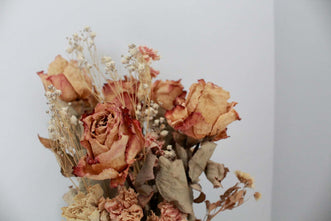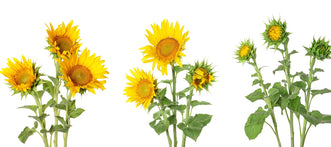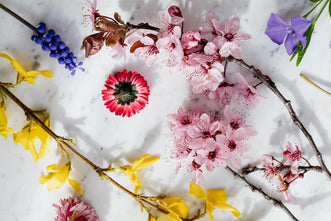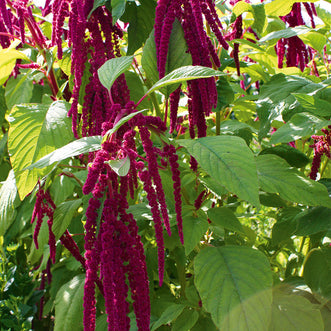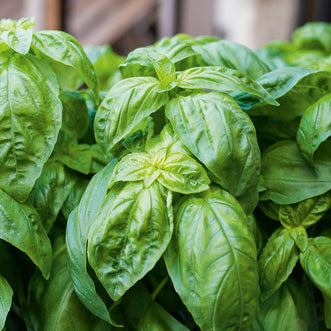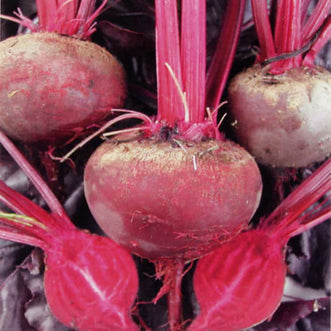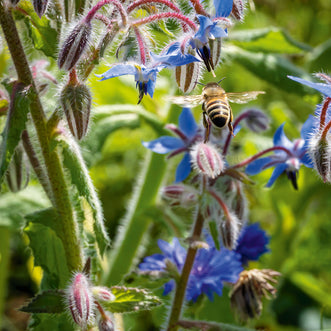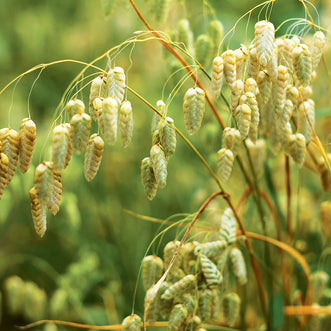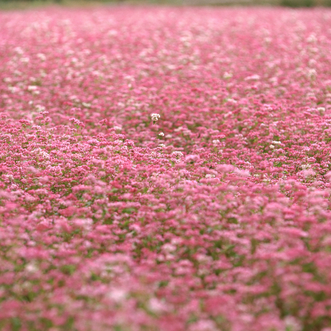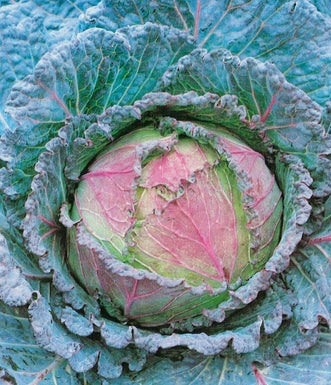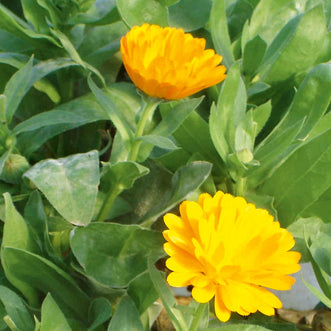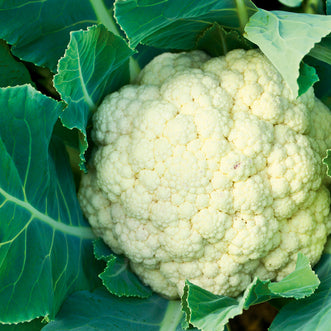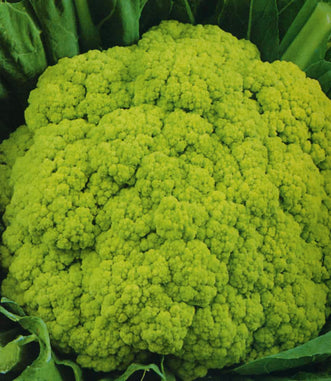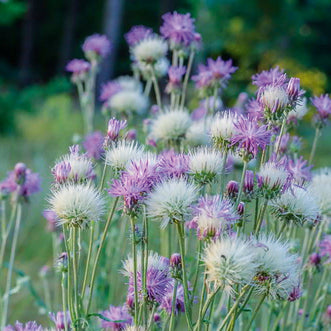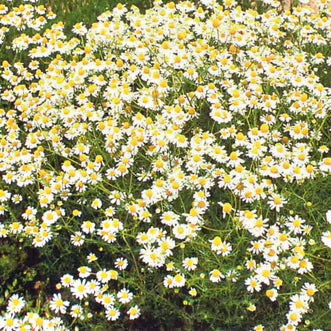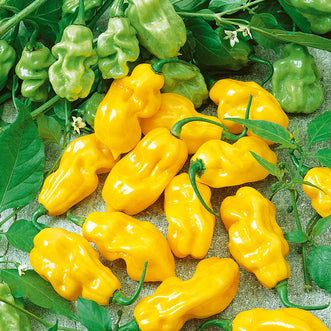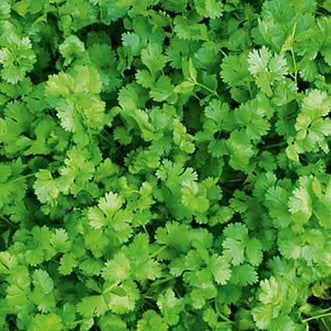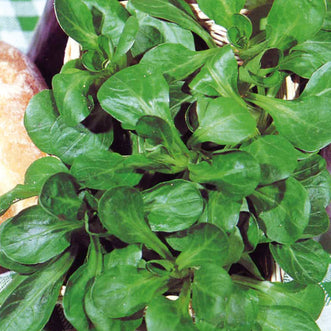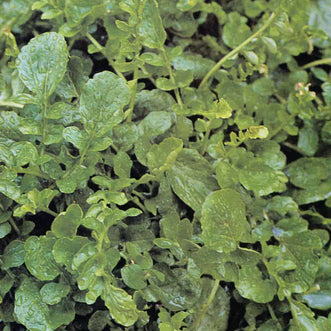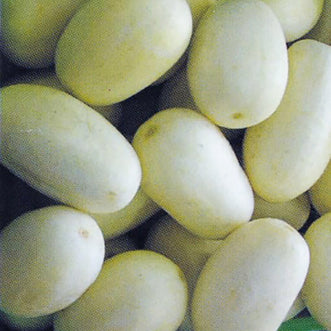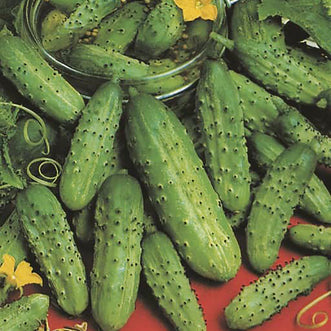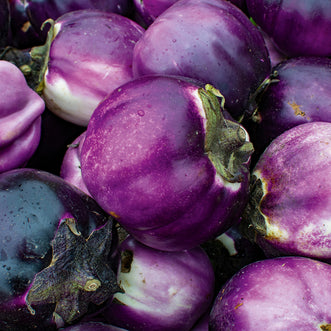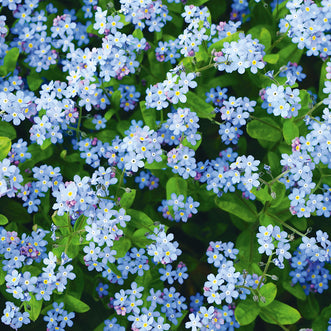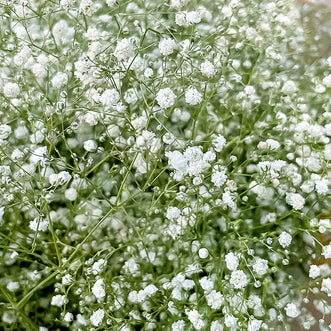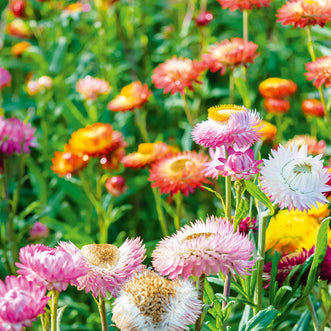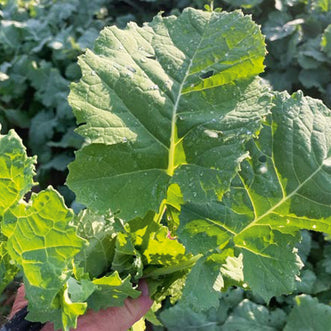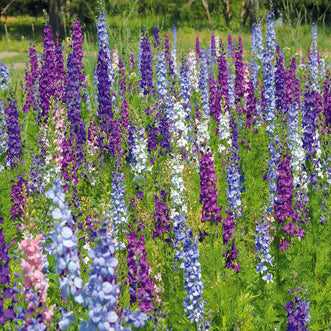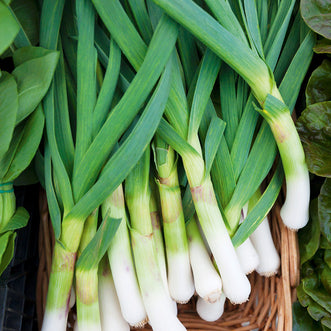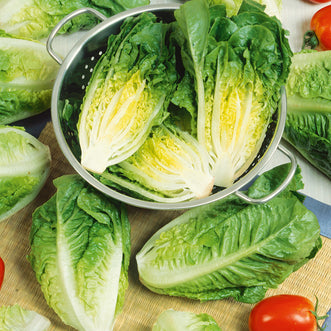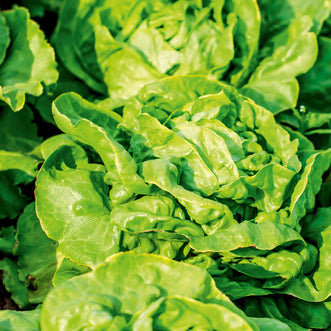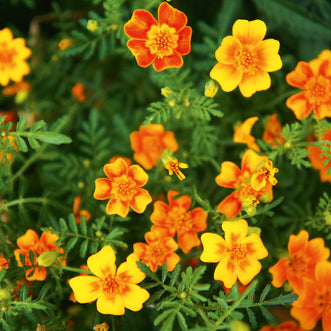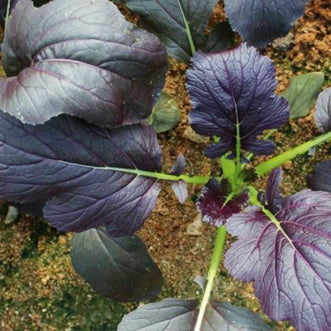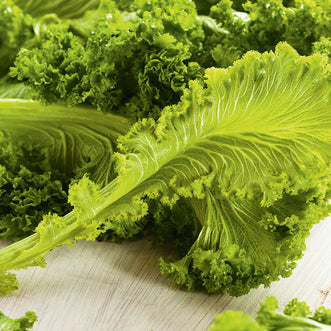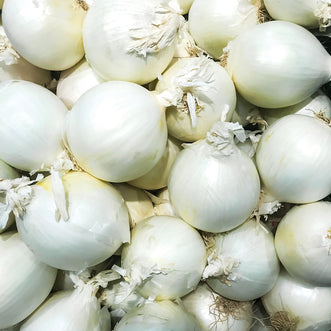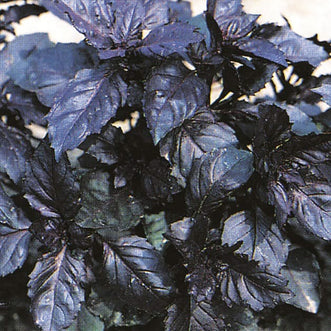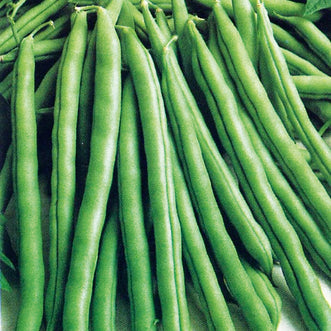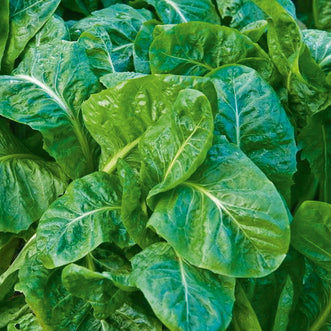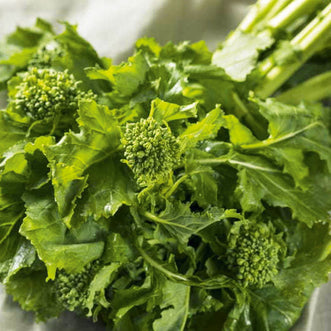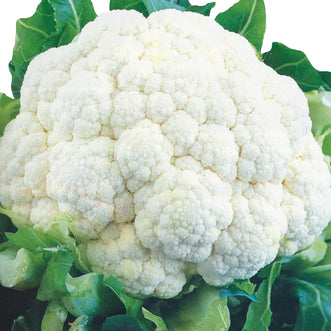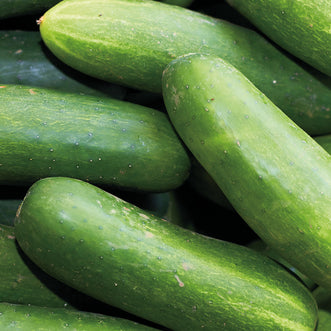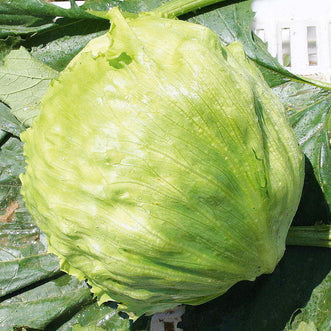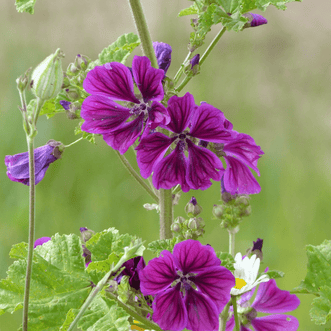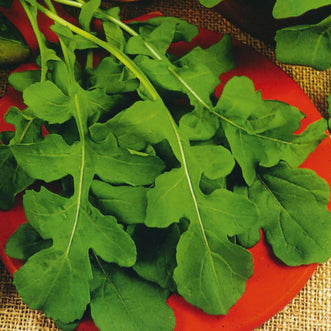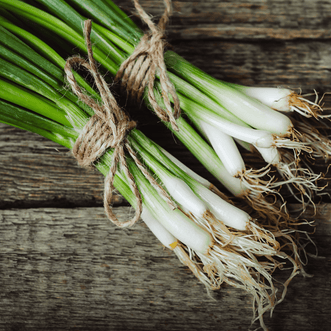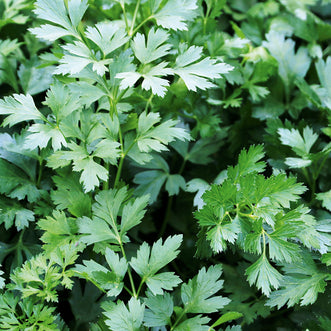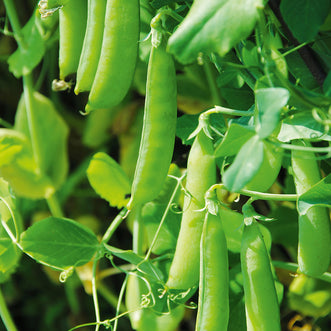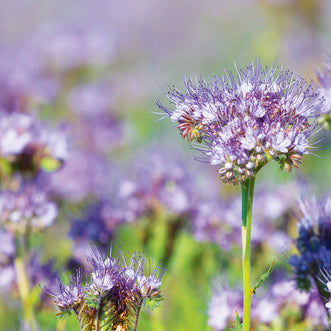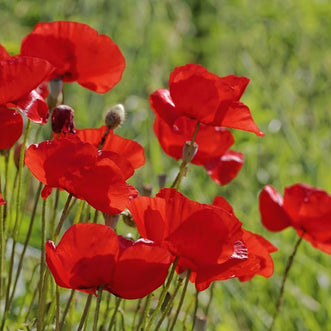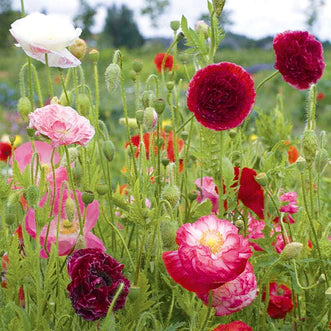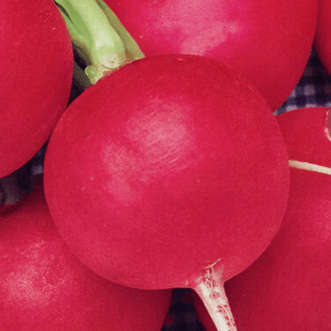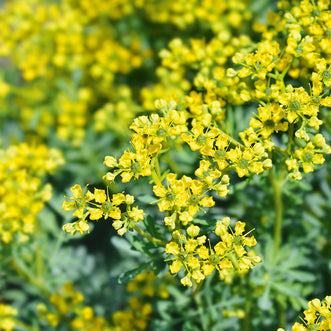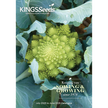Culinary Herbs
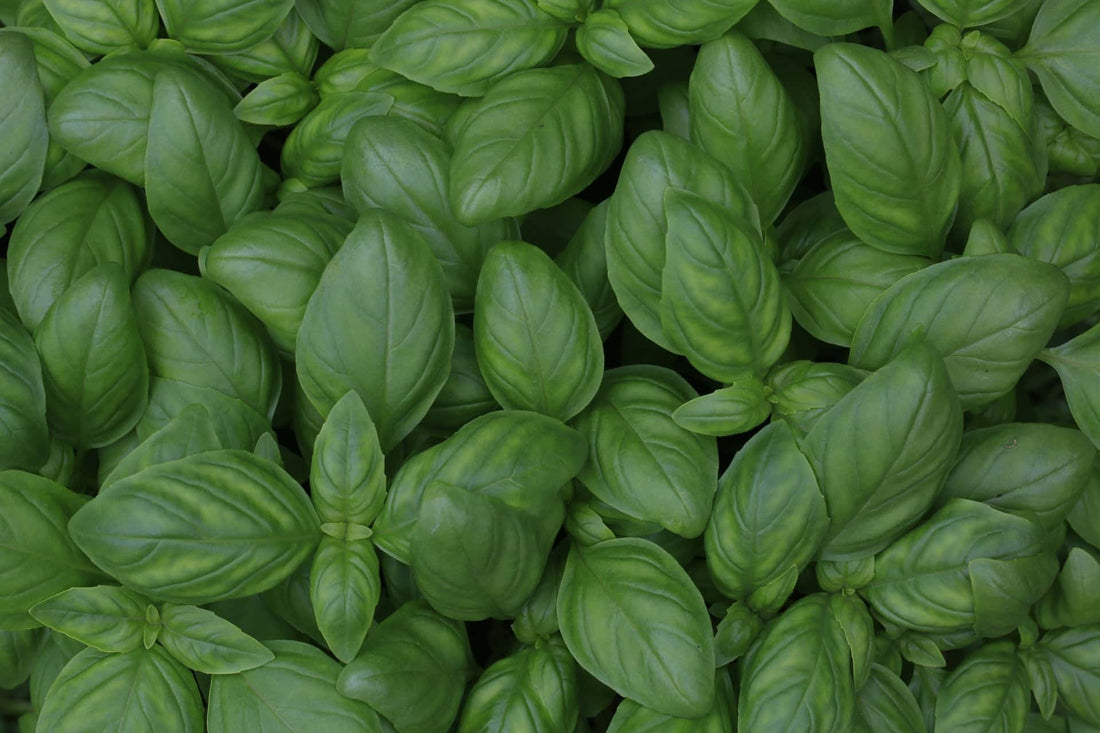
Where would we be without wonderful flavoursome aromatic herbs?
I just love growing and using herbs straight from the garden and the more unusual the better. If you fossick around in my pantry you will find old and dusty herbs left over from recipes tried sometime back in the dark ages and I'm sure many of you have the same dusty collection. Cake recipes that contain herbs are a current interest......peach & basil crumble, apple & sage cake. But today I would like to concentrate on the more common fresh herbs found in most gardens because we all know fresh is best.
BASIL
You just can't beat the aroma of a huge handful of delicious basil. There are so many varieties available but our top sellers each year are Sweet Genovese & Genovese Giant. It's difficult to find many varieties in the supermarkets or markets (we have 19 varieties in the catalogue), so the best option is to grow the ones you want to use. There are many varieties of pesto available these days, but I always come back to the basil varieties for authentic taste and the best pasta dishes.
Referred to as the "king of herbs", basil had great respect in Greek culture. It was used around alters and is used in holy water in the Greek Orthodox churches.
CORIANDER
If my friends are anything to go by, Coriander tends to be a "love it" or "hate it" kind of herb. Its fantastic to have in your garden if you cook Mexican or Asian style foods, particularly Thai. When I want a change from parsley I substitute coriander. Try adding it to your meatballs or burger patties - yum.
The history of Coriander is vast but it appears to have been cultivated in Greece since at least the second millennium BC. Another indication of its long history is that dried Coriander was found in the tomb of Tutankhamen.
PARSLEY
This is probably the first herb I was aware of as a child as I was quite often sent out to the garden to pick a bunch for mum. The fact that it grows easily and is so compatible with most flavours means it can be found in the majority of gardens, big or small.
Ancient Greeks and Romans fed parsley as fodder to their chariot horses and used it for medicinal purposes before it became accepted as a food.
CHIVES
This is a great herb for adding a hint of onion to your dishes, and I regularly use a big chopped handful in omelettes, scones and hummus, and in salads where I don't want to overwhelm other delicate flavours with onion. I like the Chives Broad Leaf we sell for good productivity or Chives Garlic New Belt for a hint of garlic too.
It is believed Chives were first used in China around 3000BC. Over a century ago Gypsies used them in their fortune telling - I am picturing them using them like pick up sticks.
CELERY for CUTTING
I have grown this since working here at Kings Seeds. A few seeds thrown in my garden have now become a "must have". As a leaf celery, Celery for Cutting grows faster than celery and looks a lot like parsley (according to family members sent out to pick parsley), but adds a great taste of celery to dishes. I use big handfuls in my stews and soups.
DILL
Most people associate Dill with pickles or fish. It is wonderful sprinkled on salmon or gravlax (cured salmon) and best used fresh as it tends to lose its flavour when dried. Camilla (one of our staff members) originates from Sweden and this is the herb she uses the most, especially in her lovely potato salad on our shared lunch days.
Dill originated as Dylan in the Mediterranean area and in the south of Russia, and traces have been found in Roman ruins in Great Britain. It is a popular herb in Finland, Sweden, the Baltic and central Asia.
LEMONGRASS
Lemongrass is a great addition to Indian and Asian cuisine and bashing a stalk gives off the most lovely aroma before you pop it in your curry or tea. It has a subtle citrus flavour and can be used in several forms - fresh, dried or powdered.
One of the popular Thai soups is Tom Yum Kung and lemongrass is the main herb. This soup is said to have wonderful healing properties, combating colds and flu ......look out for more on medicinal qualities of herbs in our next blog.
OREGANO
The dried leaves of oregano are more potent than fresh Oregano and very similar to Marjoram. This important herb is used in many European countries and is usually associated with Italian pizza. It gives good flavour to meatballs and stews as well. I love stripping all the little leaves from the stalks and enjoying the aroma.
In Italian-American cuisine, it is classified as a staple. Soldiers returning from World War II had developed a taste for the "pizza herb".
SAGE
No stuffing should be without Sage. The plants are rather hardy and hang out in your garden for ages. My favourite use is chopped and thrown in with the roasted or barbecued veges, and it particularly gives potatoes a wonderful zing.
Sage has been used for many centuries for its healing qualities and the ancient Greeks and Romans used it to preserve their meats.
THYME
Thyme is an essential in bouquet garni - that lovely bundle of herbs used for cooking your meat. Lemon thyme is great with fish - just wrap the fish in foil, making sure to throw in a sprig of thyme, and bake or barbecue. The flowers of thyme are very attractive to bees and I have been impressed with the delicious honey produced by bees that have been around thyme.
The ancient Egyptians and Greeks used this herb for embalming and to burn as incense as it was thought to give courage.
TOOLS for using with Herbs
Here are gadgets/tools I recommend for handling your herbs in the kitchen:
Scissors - for cutting from the garden and cutting in the kitchen.
Herb cutters - this is great for cutting large piles of herbs with an easy rocking motion.
Mortar & pestle - for creating wonderful pastes for curries or rubs for chicken or meat.
Fingers - for pulling the likes of basil leaves apart or stripping leaves from herbs that have woody stems, like sage.
Food processor - for making pesto.
With the huge variety of flavours available from all the herbs you can grow, there is no reason to eat plain tasting food. There is a herb for most things, so start exploring which ones you like and try to add a new one to your repertoire each year. Have fun experimenting.

